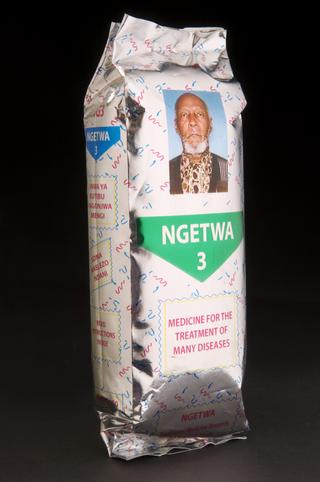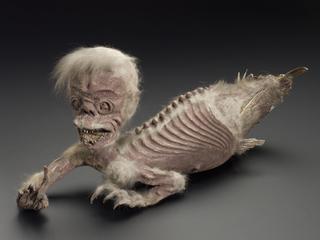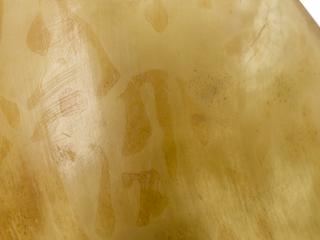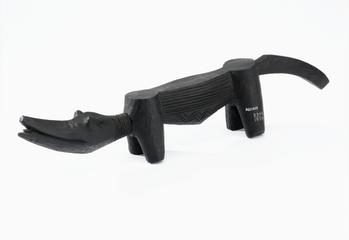
Cross-shaped amulet
- Made:
- 1917 in unknown place

Crudely made copper crucifix amulet with loop for attachment, said to be Belgian and date from 1917, carried by a soldier during the First World War.
The carrying of ‘lucky charms’ – as protective amulets against ill health and physical danger – is common in many cultures around the world. Luck played a major role in combatant’s fate during the First World War, 1914-1918. As such, soldiers of all nations put great faith in lucky charms and amulets. Whether given by family and loved ones, bought commercially or chosen for personal significance, these special forms of protection were carried into battle. This simple copper crucifix is described as Belgian and dating from 1917. It is probably made from an artillery shell casing and was reputedly carried by a soldier during the First World War, 1914-1918
The amulet was bought for the Wellcome collection in 1930 from Edward Lovett’s (1852-1933) collection of mostly British amulets and charms. Lovett was a collector who documented different medical traditions and beliefs.
Details
- Category:
- Ethnography and Folk Medicine
- Collection:
- Sir Henry Wellcome's Museum Collection
- Object Number:
- A85033
- Materials:
- copper
- type:
- protective amulets
- credit:
- Lovett Collection




